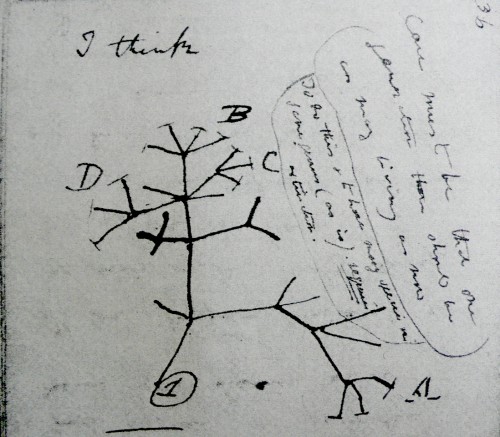Okay. It would be really cool if there were an earth-like planet orbiting the star nearest us. Now there’s news dribbling out about a putative discovery of a rocky planet in the habitable zone of Proxima Centauri. Except, unfortunately, the story is grossly premature and unreliable. A few warning signs:
-
It’s a rumor published in Der Spiegel, a news magazine, not a scientific publication.
-
The discoverers are unnamed. What science publication uses unidentified sources?
-
The general source is the La Silla observatory, which previously claimed to have found an earthlike planet around Alpha Centauri B…a claim that was later retracted.
-
The story gets stuff wrong.
Knowing that there is a habitable planet that a mission from Earth could reach within our own lifetimes is nothing short of amazing!
Whose lifetime?
The fastest spacecraft we’ve ever fired off, Voyager, is traveling at about 17 km/sec, which is fast alright — but it would still take tens of thousands of years to get there.
Fraser Cain, usually a reliable source, has already made a video about the ‘discovery’.
Nope, I still don’t buy it. There’s no evidence there. You could make the same video with generic science-fictiony images declaring that scientists have discovered little green men on Mars, and it would be just as convincing, that is, not.
The video also mentions Project Starshot, which would be one way of getting man-made objects to velocities somewhat closer to the speed of light. This scheme involves building 100-billion-watt laser arrays and firing them at laser sails hauling teeny-tiny chips with built-in micro-gadgets to do everything our regular space probes do and transmit the data back to Earth. Project Starshot is the baby of a Silicon Valley billionaire, so of course it must be a good idea.
You know, we’re kind of in a golden age of space exploration, with all kinds of information coming in from robots on Mars or flying around Jupiter. The real data is exciting, but these impractical fantasies are not.





